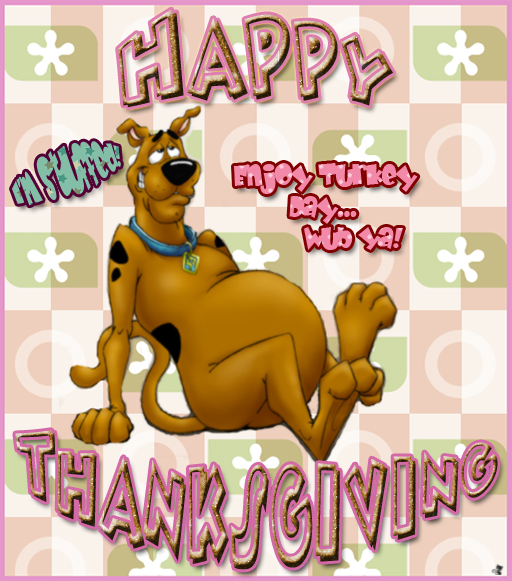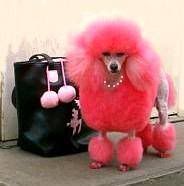 Group: AKC: Non-Sporting
Group: AKC: Non-SportingUKC: Companion dog
Average Life Span: Up to 15 years
Grooming: Brush and comb the coat about three times every week. Bathe them as needed.
Height: 10 to 12 inches for males. Females are smaller.
Weight: Males: 14 to 16 Pounds
Females: 10 to 15 pounds
Personality: Lhasa Apso's are a joyful, impish, dignified, but forceful.
Trainability: Using positive methods, they will only need a moderate amount of training
Activity Level: Usually low; They love to run in the yard and needs a short walk several times a week.
Known health problems: Dry Eye(keratoconjunctivitissicca)
Luxating Patellas(Slipping Kneecaps)
Renal Dysplasia(Kidney Illness)
Other Information: Lhasa Apso's are good with children if they have been socialized with children. They are usually good with other pets. Lhasa Apso's are a loyal companion that on the lookout for other people.



































